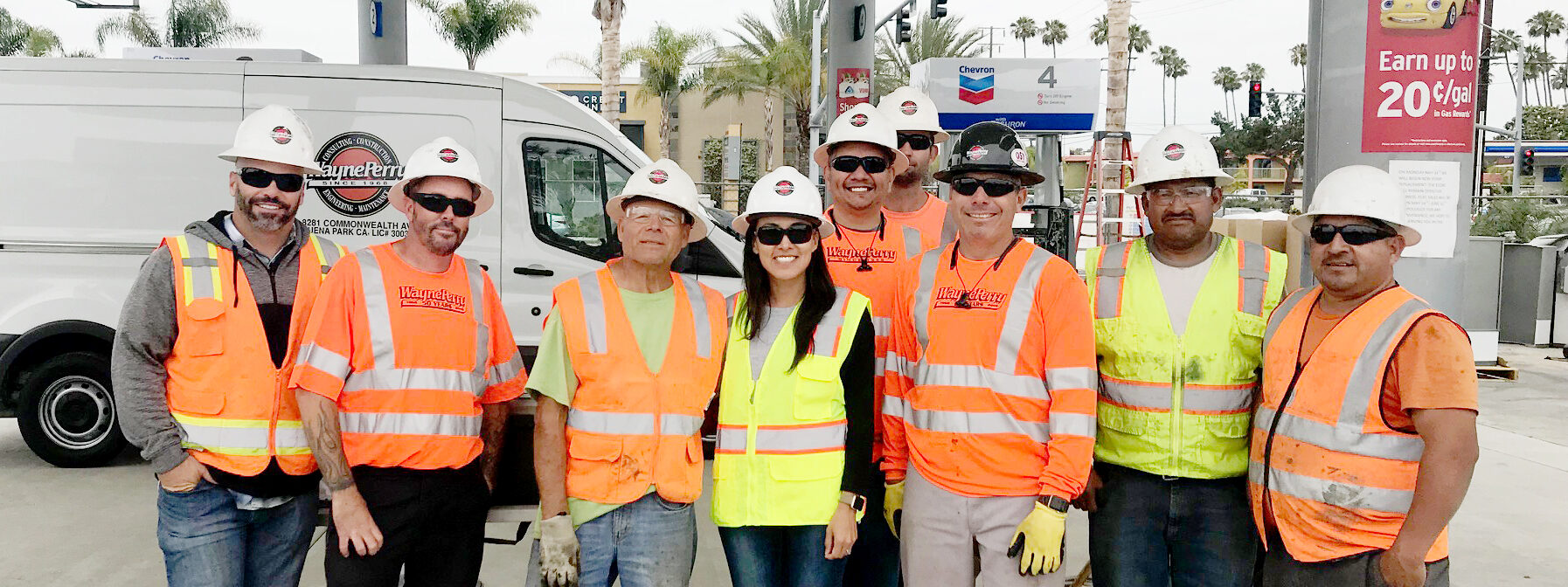With the prospect of tighter margins, increased competition, and the threat of consumers turning to electric and CNG (compressed natural gas) vehicles, you might be considering selling or repurposing the property where your gas station is located. Whether a developer has made a tantalizing offer to buy your property or you’ve decided to expand your C-store, open a restaurant, or another business, there’s a major issue you’ll need to address first: decommissioning your underground storage tanks (USTs).
As a tank ages, it can deteriorate, threatening to release toxic substances into the environment. Preventing leaks during the decommissioning process is your responsibility. Here’s what’s involved:
- Determine Which Decommissioning Process is Best: Local Laws May Dictate
You may be required to have the tanks on your property removed or you may be able to retire them in place. Some municipalities will only allow in-place abandonment when removal poses a risk to surrounding foundations or structures. While removal can be more costly, it will make your property more valuable, since you’re removing a potential hazard that otherwise would remain hidden underground. Regardless of the method used, state and federal regulatory agencies must be notified of your intention, and you may have to obtain the necessary permitting, if required by local authorities.- Tank Removal: This method involves draining the tank and its pipelines of gasoline, vapors, and sludge deposits. Once drained, the tank is rendered inert by replacing the oxygen inside with a nonexplosive nitrogen, nitrogen foam, or carbon dioxide. The piping and dispensing components are then disconnected and their ends capped, and the tank is excavated and cleaned. Stringent procedures must be followed for cleaning and handling the tank, its contents, surrounding soil, and any spills that happen during the process. Depending on your state’s regulations, you may be required to have the tank demolished on-site or choose to have it transported intact for disposal.
- Tank Abandonment: Onsite abandonment follows the same steps as tank removal for draining the tank’s contents, capping off removed piping, and cleaning the tank. The tank is then filled with an inert, solid, non-shrinking material such as concrete slurry or polyfoam, and the excavated hole is backfilled and paved over.
Your state will likely require you to file a tank closure report with information about the soil samples taken, how your tank was decommissioned. If the tank is abandoned in place, its precise location will need to be reported. If removed for disposal, the report will include the location of the final disposal site.
- Report the Observed Leak to the Proper Authorities
If a major leak is detected during either process, you’ll need to report the leak to the proper authorities and have an environmental site assessment performed to identify the impact to the surrounding soil and groundwater. Should groundwater remediation be needed, the contaminants must be removed either physically, biologically, or chemically and the groundwater must be shown to be free of contaminants. - Hire an Accredited Contractor
Decommissioning your underground storage tanks is a complex and dangerous activity that requires a failsafe process and skilled project management. Environmental Protection Agency (EPA) regulations and state and local programs mandate that rigorous procedures be followed to mitigate the release of toxic substances during decommissioning.
Seek out a contractor that is experienced, accredited, and trustworthy. This can spare you untold issues down the road. For peace of mind, work with a team that provides a transparent estimate, can handle all the necessary permitting, manage the utility markout, and do it all with a focus on worksite safety. Should a leak be observed, an accredited contractor can perform the environmental site assessment for you as well as any required remediation.





